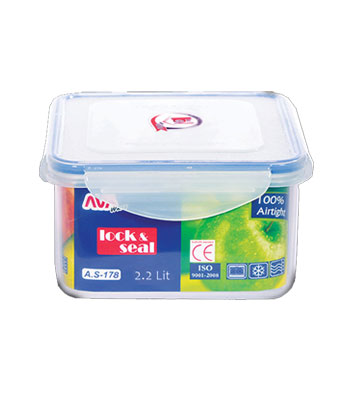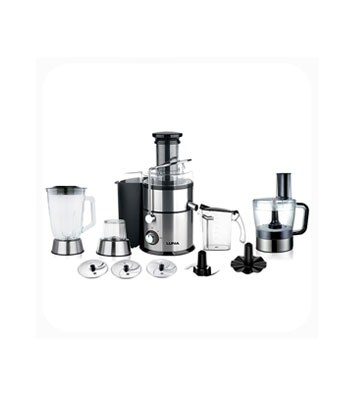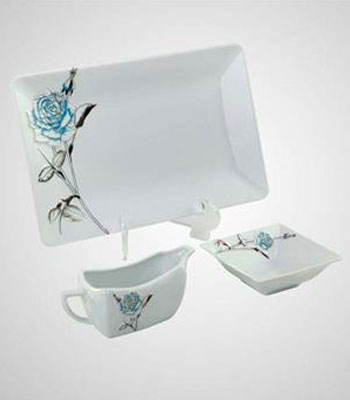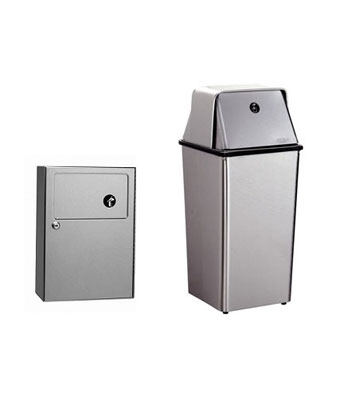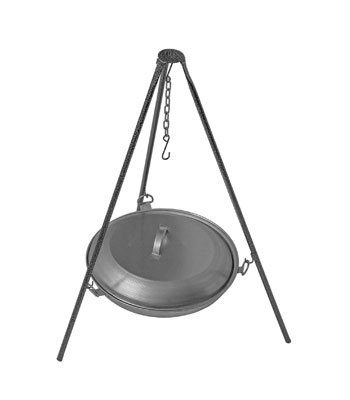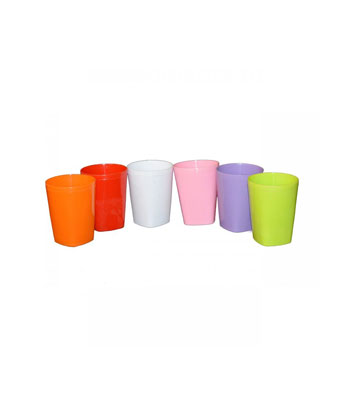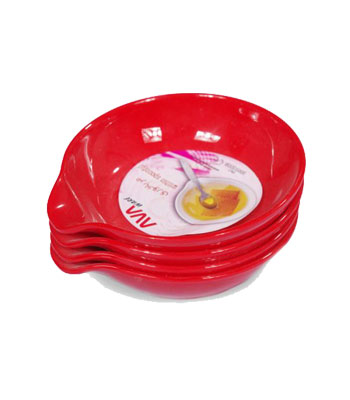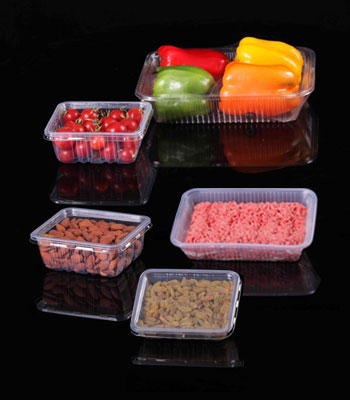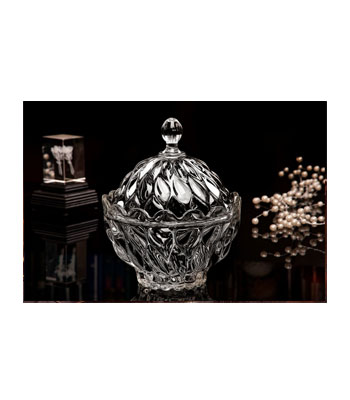178 Frizer Container With Lock
0,00 €PRODUCT OF MY : | 178 Frizer Container With Lock |
THE CODE : | A-S-178 |
volume : | 2/2 lt |
9 in 1 Juicer Extractor
0,00 €product specification
- 9 in 1 Juicer Extractor and Food Processor
- Unbreakable Juice jar with 75mm large feed chute
- 800w motor with ball bearing
- 5 speed levels with LED digital display
- 75mm large feed chute to put large portions of fruits and foodstuffs
- with stainless steel blade and mesh filter basket
- with 2 liter pulp container
- mixer and grinder with glass jar
- comprises of Internal safety lock, 1 liter Juice jar
Antibacterial Chinawear with Hydrophobic Coating
0,00 €Introduction
Washing porcelain dishes after a meal is a tedious work. During washing, greasy porcelain dishes are very slippery in hand. Also, in some cases fat stains remain after washing. Moreover, surface of a dish due to direct contact with the hands or leftovers is a good place for growth of bacteria and fungi. The aforementioned problems can be obviated with the aid of nanotechnology; to do this, chinaware with hydrophobic and antibacterial surfaces are produced by the addition of silicon and zinc nanoparticles, respectively. The chinaware produced by this company are classified in two different groups:
- Hydrophobic chinawear
- Antibacterial chinawear
Antibacterial Rubbish Bin
0,00 €Introduction
A waste container is usually made of metal or plastic. These containers are made of polymers such as polypropylene (PP). Because of having a low production cost, PP has a broad range of applications. The use of antimicrobial PP which is a class of polymers with antibacterial activity has been continuously increased. This is due to the fact that the polymer materials can be easily surrounded by bacteria or fungi, which consequently results in the transmission of diseases and severe infections. Prevention of microbial colonization onto the polymeric surfaces can be fulfilled by adding active antimicrobial agent like silver nanoparticles into the polymers. Silver ions and its compounds are extremely lethal for a wide range of bacteria, whilst they show very low toxicity for human cells. It should be noted that the polymer-silver nanocomposite maintains its antibacterial effect, as if its antibacterial efficiency against a wide variety of bacteria has been widely reported.
Arabic Saj Bread Maker
0,00 €Information
| Dimensions | 37x37x17 cm |
| Approximate weight | 2000 Gram |
Place of production | Iran |
| Washability | Yes |
Material | Metal |
| Handling time | 7 Days |
Balloon Bucket Melamine Dishes
0,00 €| Product Name: | Balloon bucket |
Volume: | 5 Lt |
number in the box: | 12 number |
Type of Material: | Plastic |
Cup PT-1 Melamine Dishes
0,00 €Product Name: | Glass |
THE CODE : | P.T-1 |
number in the box: | 42 number |
Type of Material: | Plastic |
Dining Jam Melamine Dishes
0,00 €PRODUCT NAME : | DINING JAM |
THE CODE : | SR-C |
NUMBER IN THE BOX : | 4*18 |
MATERIAL : | MELAMINE |
THE COLOR SCHEME : | WHITE, YELLOW, RED, GREEN |
Disposable Dishes
0,00 €single-use dishes of meat, poultry, dried fruit, salads, fruits, vegetables, dairy products, marinades, disposable glasses, disposable bowls and other containers using the highest quality plastic materials.
If you need any other kinds of products, just fill out our express inquiry form.
Florence Candy Bowl With Lid-144
0,00 €| DESCRIPTION : | Florence Candy Bowl With Lid |
| ITEM CODE : | 144 |
| Set Per Carton : | 12 |
| Pcs Per Carton : | 24 |
| VOLUME : | – |
| HEIGHT : | – |
| UPPER DIAMETER : | – |
| LOWER DIAMETER : | – |
| CARTON DIMENSION : | H : 31cm | W : 36.5cm | L : 53.5cm |
| NET WEIGHT : | 16.584kg |
| GROSS WEIGHT : | 18.948kg |
Florence Candy Bowl With Lid-144
0,00 €| DESCRIPTION : | Florence Candy Bowl With Lid |
| ITEM CODE : | 144 |
| Set Per Carton : | 12 |
| Pcs Per Carton : | 24 |
| VOLUME : | – |
| HEIGHT : | – |
| UPPER DIAMETER : | – |
| LOWER DIAMETER : | – |
| CARTON DIMENSION : | H : 31cm | W : 36.5cm | L : 53.5cm |
| NET WEIGHT : | 16.584kg |
| GROSS WEIGHT : | 18.948kg |
Florence Candy Bowl With Lid-144
0,00 €| DESCRIPTION : | Florence Candy Bowl With Lid |
| ITEM CODE : | 144 |
| Set Per Carton : | 12 |
| Pcs Per Carton : | 24 |
| VOLUME : | – |
| HEIGHT : | – |
| UPPER DIAMETER : | – |
| LOWER DIAMETER : | – |
| CARTON DIMENSION : | H : 31cm | W : 36.5cm | L : 53.5cm |
| NET WEIGHT : | 16.584kg |
| GROSS WEIGHT : | 18.948kg |



